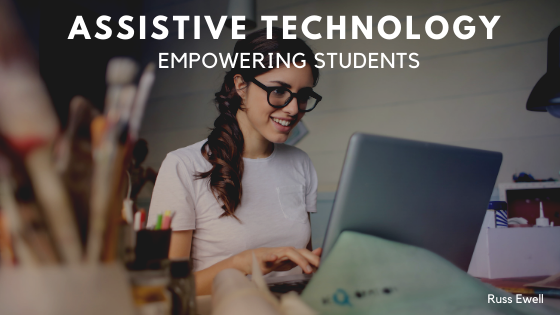Stepping Into the Future: How Assistive Technology is Transforming Teaching Students with Disabilities
When considering technology, the first thing that comes to mind might not be the assistive tools used in classrooms, but these innovative instruments are revolutionizing the way teachers conduct their classroom business, especially Special Education classrooms. With a variety of different apps, organizers, and special technologies, students with disabilities and their families can rest assured that teachers have a large group of resources at their disposal.
Consider the Academy of Whole Learning, a K-12, private Minnesota school for students with learning disabilities including Autism. The academy introduced virtual reality technology to their classrooms, which is just one example of the many assistive technologies teachers can implement in their teaching. According to Kade Dreschler, a teacher at the Academy of Whole Learning, the immersive VR experience was a wonderful experience for the students. Using the VR technology, the students were able to block out classroom distractions and focus on the environment on the screen in front of them, leading to improvements in their social and friendship experiences. These technologies, too, are helpful for students with a range of disabilities, including those who are blind or visually compared, those who are deaf or hard of hearing, or those with other learning, cognitive, or developmental disabilities.
The types of assistive technology used by teachers is incredibly varied, especially depending on their students’ disabilities. For students who are visually compared, have dyslexia, or are blind, teachers can use text-to-speech technology to allow these students to listen to things on a printed page. It works by scanning words on a page and reading them allowed in a robotic voice, allowing students who cannot easily read to still enjoy the text!
Perhaps a lesser-known type of assistive technology is called the sip-and-puff system and works to assist students and people with paralysis or other motor skill difficulties. Using this system, students can use a joystick in order to control their technological applications, moving the cursor with their heads and clicking with a sip or puff. While this system is new and still needs some refinement, it has already become a pivotal part of special education classrooms.
Clearly, assistive technologies for students with disabilities are quickly becoming a necessity. With the emergence of these technologies, and the tireless plight of teachers to teach their students to the best of their ability, it’s safe to say that students with disabilities are in good educational hands.
